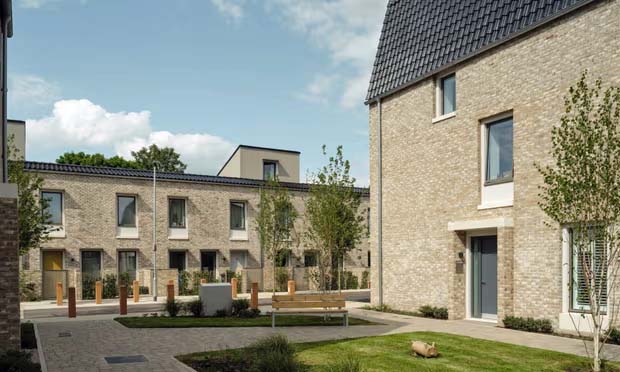Plans for Sustainable Communities
The Government's new ambitious target to build 300,000 homes a year is an opportunity to construct sustainable mixed communities following the venerable example of those in Vienna developed after the First World War. The emphasis then, as it should be now, was on integrating social shared areas and facilities. This Government needs to dispense with Right-to-Buy, give local authorities the duty and resources (they already have the power) to bring the 260,000 long-term homes that are empty back into use, and ensure highest Building Standards regulation to guarantee quality as well as quantity is achieved. There are now many examples of good practice and the latest use of modern manufacturing methods can prefabricate zero-carbon homes in a week then to be constructed on site in a few days.
2024-09-23

Announced on BBC Midlands news: the housing target for Bromsgrove District is to increase by 82% as a result of the new Labour Government plans to build 300 thousand new homes each year across the UK. Current developments like those along Whitford and Perryfields are not included in this. Labour has also pledged to “deliver the biggest boost to social and affordable housing in a generation”. But the figures in this area are bleak – the housing charity Shelter has published new research showing that 1.29 million households are on English councils’ housing waiting lists, the highest number in 10 years. It says that at least 90,000 new social homes now need to be built each year. So local authorities like Bromsgrove will be required to identify local needs and work with others in the region to share the provision fairly.
It is an opportunity to get it right – to build with vision and imagination and foster sustainable mixed communities. It’s time to ditch pretty patterns of poorly insulated little boxes each with gas central heating and parking for two or more cars. It is not just about quantity but also essentially about quality. The Government needs to set and enforce new Building Regulations to ensure PassivHaus type standards: highly insulated with solar panels and a storage battery, sealed and active ventilation with heat exchange, heat pumps and suitable under-floor and radiator systems. Putting all this in at build time is so much cheaper than retro-fit. OK, the units will be slightly more expensive to create but the energy savings soon outweigh that and there is the personal benefits of living in a warm, comfortable, healthy home and having near-zero energy bills!
One of the first model schemes is the 2019 RIBA Stirling prize winner Goldsmith Street, Norwich described as a “modest masterpiece” that proves “it is eminently possible for brave councils to take the initiative and build proper social housing”. At the time, councils were arguing they could do so much more if the right-to-buy scheme was reformed.
Latest innovation at Liverpool City Region goes even further using Modern Methods of Construction that not only promise faster build times but also drastically reduce energy consumption. “The homes are constructed and part-assembled off site. The Future Homes [prototype] house has been built using a light-gauge steel frame, clad with insulation and brick slips to create a super-insulated, airtight building with an energy performance (EPC) rating of 100%… Equipped with solar panels, a heat pump and a battery, the house offers a glimpse into the future of sustainable living.”
Sustainable mixed communities need areas where people can come together to share their resources so let’s have children’s play areas, creative Maker Spaces, a Community Hub as a meeting place to foster social interaction and sharing, a Long Table that turns ‘rejected’ food into nourishing meals, a Community Garden to grow shared produce. Also housing needs to be clustered into highly organised neighbourhoods, because every house dweller needs to be within walking distance of amenities. We should ask of any new housing scheme: does it increase social isolation and dependence on the car, or does it foster community life?